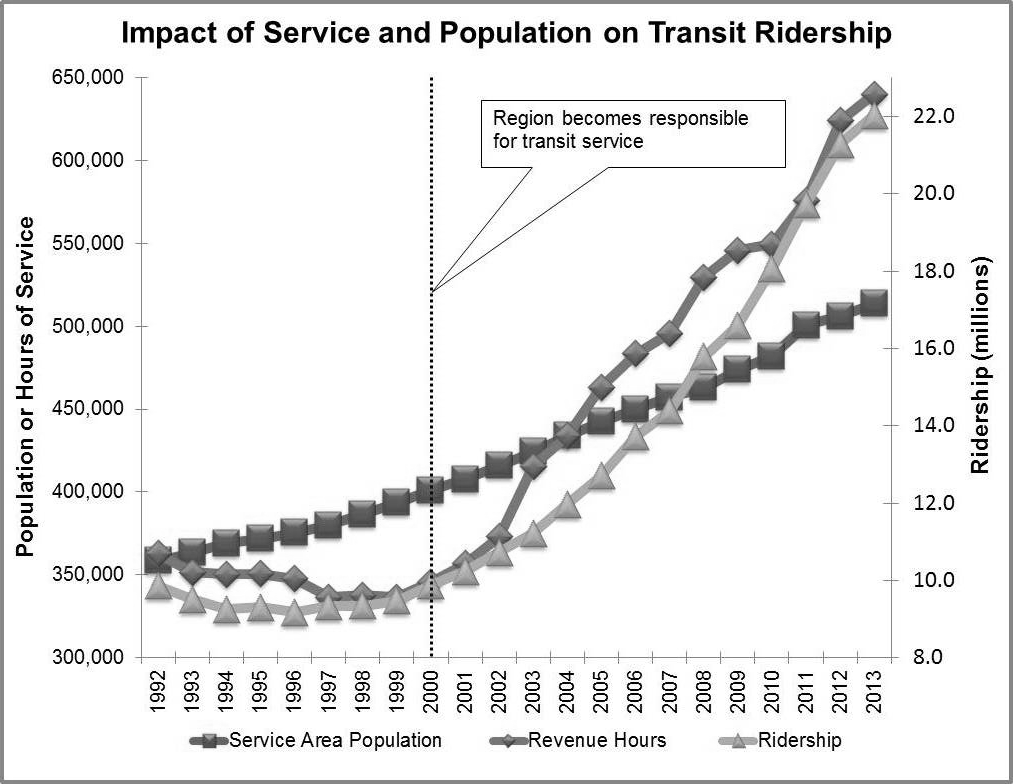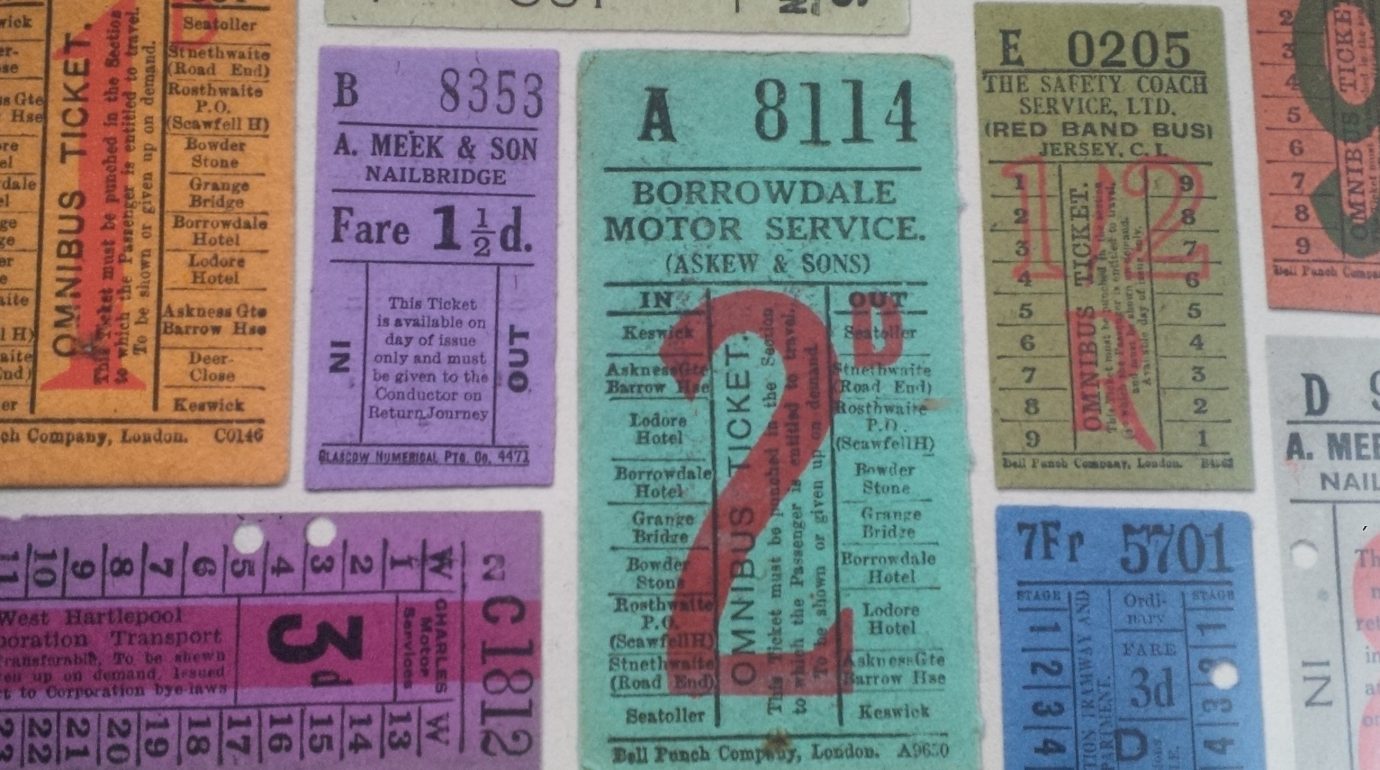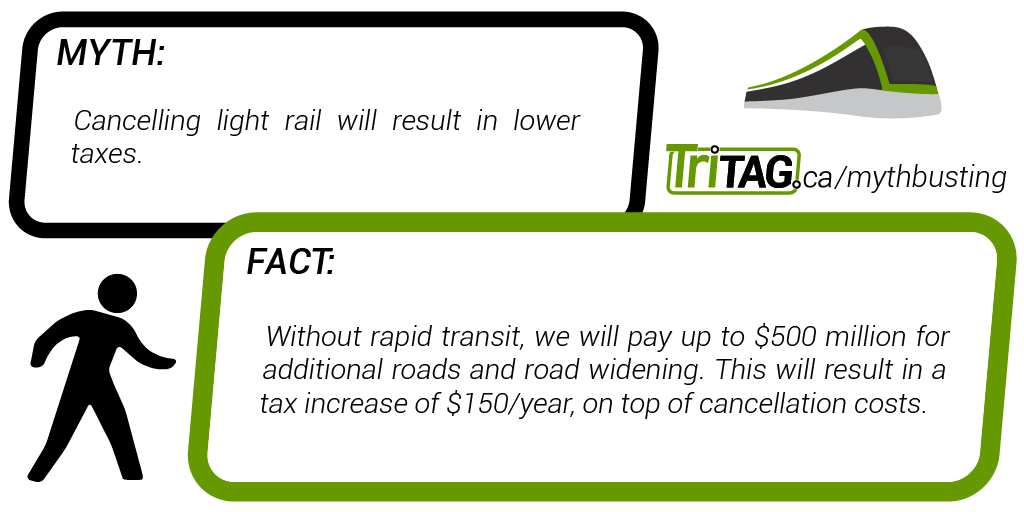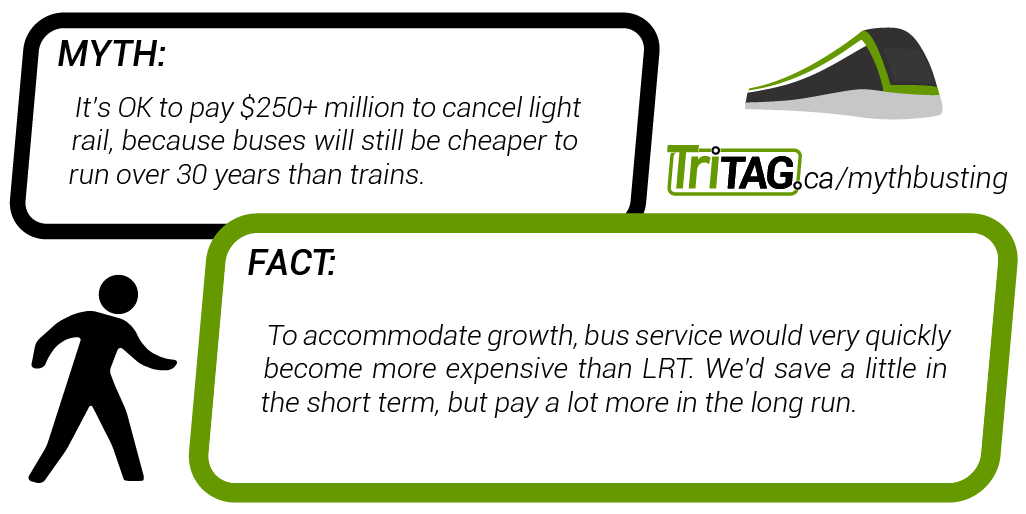Category Archives: Transit

TriTAG calls on Aissa to disclose transit plan
Municipal candidates opposed to ION light rail asked to provide details on what they would build instead
The Tri-Cities Transport Action Group is calling on regional chair candidate Jay Aissa and other municipal candidates opposed to the ION light rail project to reveal to the public what rapid transit solution they would implement as an alternative to ION. To date, TriTAG is not aware of any detailed, fully costed rapid transit plan from any candidate promising to cancel ION.
“Mr. Aissa says he has a plan for transit that is somehow both cheap and comprehensive, yet he hasn’t shown it to voters,” said Michael Druker of TriTAG. “We believe the public deserves to hear the details.”
“If Jay Aissa has the respect for voters he claims and truly believes in transparency, he will share the details of his supposed ‘plan’,” added Druker.
Specifically, TriTAG is asking Aissa and other candidates to provide details concerning:
- the form of rapid transit they would build (e.g. more iXpress buses, buses with dedicated lanes, subways, etc.);
- the route their planned rapid transit would take;
- the debt and tax impact of their plan for both capital and operating expenses, and
- the timeline for implementation of their planned rapid transit network
“If Mr. Aissa’s plan is dedicated rapid bus service for the ION route, that means more debt and higher taxes over the lifetime of the project. Ottawa has shown BRT means sky-high operating costs and a system that must be converted to light rail at huge expense,” said Taylor Byrnes of TriTAG. “The public needs to know whether Mr. Aissa’s plan can overcome both the cancellation costs for ION and high expenses to meet swelling ridership demand; or whether Mr. Aissa is just making empty promises he can’t keep.”
ION went through a decade of planning and public debate in Waterloo Region. If Mr. Aissa and other candidates want to overturn it overnight, TriTAG asks them to disclose their transit plans so voters have the weekend to scrutinize them before heading to the polls.
More TriTAG election resources:
Myth 2 Cost Estimate methodology
In debunking Myth 2, we estimated the cost of running bus service to equal ION’s ridership in 2017 to cost $23.6 million, and by 2031 to cost $52.9 million. In comparison, the operations and financing cost of ION is $30 million a year. How did we reach these figures?
We started with the current situation: transit ridership has been growing much faster than population, but roughly in proportion to the amount of transit service being provided (measured in “service hours”– the number of hours each bus is providing scheduled transit service.)
 Source: Regional Transportation Master Plan progress report, Jan 2014, page 11
Source: Regional Transportation Master Plan progress report, Jan 2014, page 11
Our estimate is based on the cost of providing enough service hours for a growing ridership along the Central Transit Corridor in KW.
Cost per service hour is $138/hr for Waterloo Region in 2012 (sourced from the OMBI 2012 Performance Measurement Report, page 187). This figure includes amortization, meaning it accounts for the cost of the vehicle as well.
Given that we’re focusing on comparative costs for ION stage 1, all numbers for 200 iXpress have been limited to the Kitchener-Waterloo portion only.
Ridership targets for ION are 25,000 (2017) and 56,000 (2031). passengers per day. (Source) Central transit corridor ridership (route 7 and route 200 KW only) was 20,000 in 2013.
Our cost estimate for serving 20,000 passengers is $18.9 million. Spreadsheet.
Because the central transit corridor bus frequency is already driven by ridership, and peak time buses are routinely full, supporting further ridership requires a higher number of buses.
- Cost of supporting 25,000 riders = ($18.9M / 20,000) * 25,000 = $23.6M
- Cost of supporting 56,000 riders = ($18.9M / 20,000) * 56,000 = $52.9M
Given that operator hours (i.e. wages) drive a significant part of service hour costs, we could possibly reduce this figure by introducing higher capacity buses (such as articulated buses.) However, our observation from the OMBI report is that Ottawa’s service hour cost is higher partly because they use higher capacity buses.
Myth #2: “LRT will cost more to operate than buses”
ION progress update report
The Tri-cities Transport Action Group would like to make the following statement regarding Planning and Works Committee Report E-14-117 ION Construction – Progress Update:
TriTAG is pleased to see efforts well underway to build ION. With $739 million spent or committed by the time the next council takes office, and a further $1 billion in private investment along the Central Transit Corridor, the notion that this election is about whether or not to build light rail should finally be laid to rest.
TriTAG looks forward to hearing from all candidates about how they plan over the next four years to ensure the successful completion and operation of ION, and maximize the return on our transit investment. (more…)

Free transit: a solution for Waterloo Region?
A new candidate , John Wolf, has officially entered the race for Regional Chair. Wolf claims that as Chair, he would try to cancel light rail, and as an alternative, investigate making transit free in an effort to boost ridership.
Last month, TriTAG investigated the claims of (as of yet unregistered) Regional Chair candidate Jay Aissa concerning the light rail project. Today, we will explore the issue of free transit and try to address two questions that arise from Wolf’s platform: is free transit a viable alternative to light rail and rapid transit, and what would the impact of free public transit be on Waterloo Region?
Fact-checking municipal campaigns: Jay Aissa
In 2011, when light rail was being debated and ultimately decided upon, there was a great deal of misinformation being spread about light rail and its suitability to Waterloo Region. During that time, TriTAG debunked many of these myths so that an informed public debate could occur.
As the 2014 municipal election period builds momentum, false information about light rail is once again emerging. As democracy depends on an informed electorate, we’ve decided to fact-check egregious statements candidates make regarding light rail and other issues for which we advocate. We begin with Jay Aissa, who in his interview shortly after declaring his intent to run for Regional Chair, made several false claims concerning the light rail project.
Shedding light on Ontario’s intercity bus system
In a recent post, we took a look at the issues with Ontario’s intercity bus system, the role of the Ontario Highway Transport Board (OHTB), as well as what we don’t know. Since then I’ve spoken with Felix D’Mello, Board Secretary at the OHTB, and I can shed some light on current licence holders and cross-subsidies. It turns out to be a simpler story than I had anticipated.
Here are the questions I raised earlier:
Clarity from the OHTB is needed on what, exactly, is the current state of intercity transit in Ontario. Which companies hold the licence for which city pairs, and what amount of service do they provide? What cross-subsidized service is provided by private companies, and what are the arrangements supporting it?

Stop design and network legibility
Recently, we looked at transit stop design for ION through the lens of branding. Today, we’d like to explore the impact stop design has on way-finding, legibility, and providing information to transit users about when to expect the next bus or tram.
Finding our way
Good way-finding cues will be critical for the integration of ION with iXpress buses and neighbourhood routes. Aside from the stop on Caroline, ION trains will have their own platforms distinct from bus stop platforms. (The aBRT stops however will be accessible by both ION and regular buses.) The Victoria Street multi-modal hub will need to allow connections between ION, iXpress, local routes, taxis, GO and VIA trains, and intercity buses. On top of all this is the fact that north- and south-bound direction stops are split by one or two blocks in both the Kitchener and Waterloo downtowns. Planners will need to be proactive in ensuring that the experience of the Grand River Transit network is a seamless one. (more…)
Let’s talk about Ontario’s intercity bus system
[Update: Our new post provides some important information about the below discussion.]
Here in Waterloo Region, people love to complain about Greyhound buses to Toronto, but few complain about Ontario intercity bus regulation as a whole. They should, as it has much to do with the relatively poor quality and availability of intercity transit here. Now Coach Canada and Pacific Western Transportation (PWT) have launched a campaign for “modernization” (read: deregulation) of the Ontario intercity bus system, with a “Where’s The Bus?” website aimed at the general public.
Where’s The Bus points to more competition and innovation as reasons to deregulate. And to its credit, PWT has shown innovation and competition with its successful luxury Red Arrow service between Calgary and Edmonton. But Ontario intercity bus regulation is an important issue, and one on which more than just financially interested parties should weigh in. (more…)


